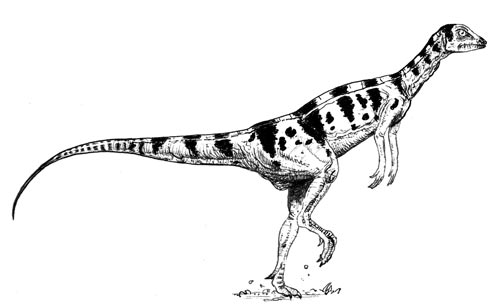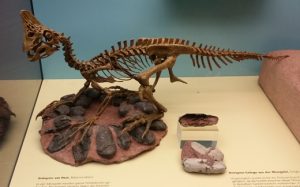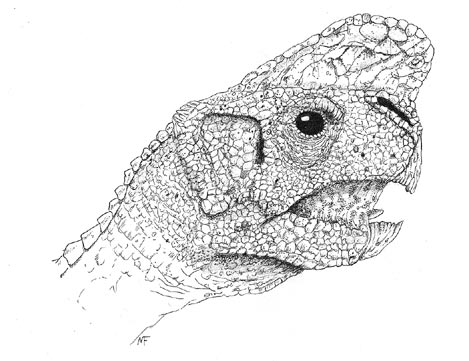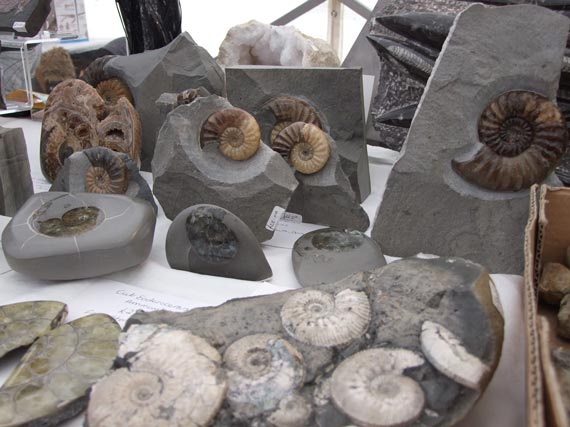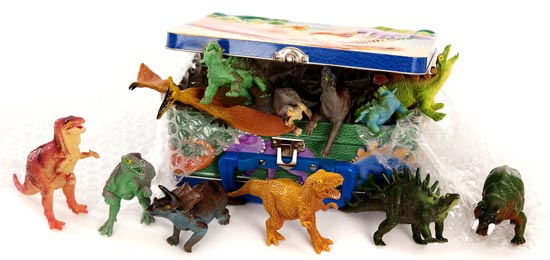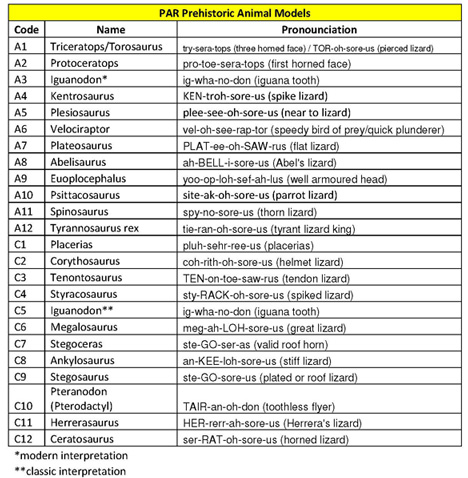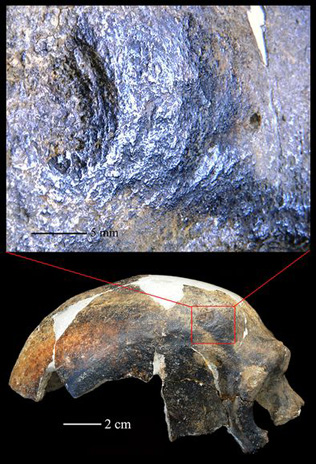East Timor Discovery Hints at Ancestors Teaching Isaac Walton a Thing or Two
Angling is a hobby enjoyed by many millions of people all over the world, these days most of the fish caught by anglers are returned to the water, but for some of our ancestors at least, catching fish with hooks and line may have been a vital to ensure their survival. New research suggests that prehistoric fishermen were capable of catching powerful, ocean-going fish such as tuna.
Discoveries Made in East Timor
Indeed, discoveries made in a remote cave on the island of East Timor, suggest that some prehistoric humans had sophisticated and highly advanced fishing techniques enabling them to catch fast-swimming, deep ocean fish that would make today’s sports angler envious.
Excavations in a small cave, at the eastern side of the island of East Timor (north of Australia) by a team of researchers from the Australian National University have revealed the bones of more than 2,800 fish, some of which were caught as far back as 42,000 years ago. Tuna bones found at the site suggest that by 40,000 years ago H. sapiens had mastered the fishing skills required to catch on a regular basis the fast-swimming, powerful tuna.
There are several species of extant tuna, they are all nektonic (animals living above sea floor and active swimmers). Tuna patrol the water column and they hunt other fish species, using their streamlined bodies and strong tails to pursue and catch their prey. They are no easy catch for today’s sports angler or for those modern fishermen who use lines and baited hooks to lure them but for our ancestors to hook a tuna would represent a highly nutritious and protein packed addition to their diet.
The Cave/Overhang Site in East Timor
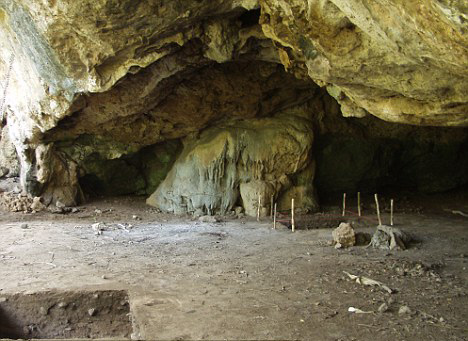
A prehistoric fisherman’s lodge?
Picture credit: Associated Press/Australian National University/Sue O’Connor
Two exploration pits dug by the archaeologists can be seen in the photograph, one in the foreground to the left and a second pit marked by sticks towards the cave wall.
Evidence of Sophisticated Skills
The East Timor discovery shows that the people living in the region had the sophisticated cognitive skills needed to haul in such a difficult fish to catch.
The team’s findings appear in the scientific journal “Science”.
Archaeologist and Associate Professor at the Australian based university, Sue O’Connor commented:
“What the site [East Timor] has shown us is that early modern humans in island Southeast Asia had amazingly advanced maritime skills. They were expert at catching the types of fish that would be challenging even today — fish like tuna. It’s a very exciting find.”
Although the discovery of many thousands of fish bones gives the archaeologists evidence of what these islanders ate, it is not clear how these people actually caught the fish. Today, tuna can be caught by rod and line, or by trailing long lines of baited hooks through the water. Alternatively, they can be caught by trawling nets. Some fish hooks were found at the site, but the scientists consider these hooks, made from shell not to be suitable for tackling such a strong fish as a tuna.
Associate Professor O’ Connor summarised by stating:
“Either way it seems certain that these people were using quite sophisticated technology and watercraft to fish offshore.”
The site where the discoveries were made, known as Jerimalai cave, is a small rock overhang hidden behind dense, jungle foliage, a few hundred metres from the shore. For many thousands of years it seems that this cave was inhabited by humans who may have specialised in fishing off-shore as well as beach-combing and hunting/trapping in the forest. The cave also contained the bones and shells of a number of turtles, Everything Dinosaur team members speculate that these reptiles were not caught out at sea but captured on land as they wandered onto the shore.
Commenting on the significance of the East Timor discoveries, O’Connor stated:
“When I discovered it in 2005, I didn’t think that Jerimalai would tell us about the very early occupation of Timor, I was quite surprised when I found all these fish bones and turtle bones.”
So far, she and her colleagues have only excavated two small test pits at the cave, which contained a number of stone artefacts, bone points, animal remains, shell beads and ancient fish hooks.
Prehistoric Fishermen
In just one of those pits, 1 metre square and 2 metres deep, they found 39,000 fish bones.
The research team also unearthed another rare find — a small piece of fishing hook made from a shell, which dates to between 23,000 and 16,000 years ago.
A Picture of the Prehistoric Fish Hook
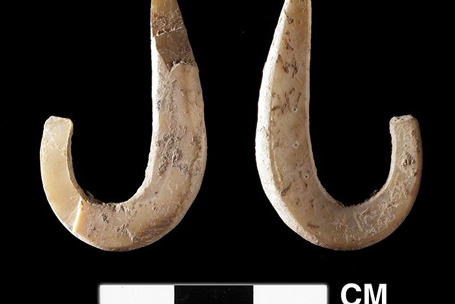
The oldest known fish hook? Dating from 14,000 – 21,000 years BC
Picture credit: Australian National University
This is the earliest example of a fishing hook that has ever been found, the researchers conclude. They are hopeful that more extensive excavations might reveal more hooks and other fascinating evidence about human maritime existence at the site. There are certainly other part of the overhang that need to be excavated, and there well may be other hidden caves and rock overhangs that have yet to be discovered.
In conclusion, Associate Professor O’Connor added:
“I think Jerimalai gives us a window into what maritime coastal occupation was like 40,000 to 50,000 years ago that we don’t really have anywhere else in the world.”
It seems that these prehistoric fishermen might have been able to teach Isaac Walton, known as the “father of modern angling” a thing or two.
For models of Neanderthals and other extinct creatures: Neanderthal Figures and Prehistoric Animal Replicas (CollectA Prehistoric Life).


